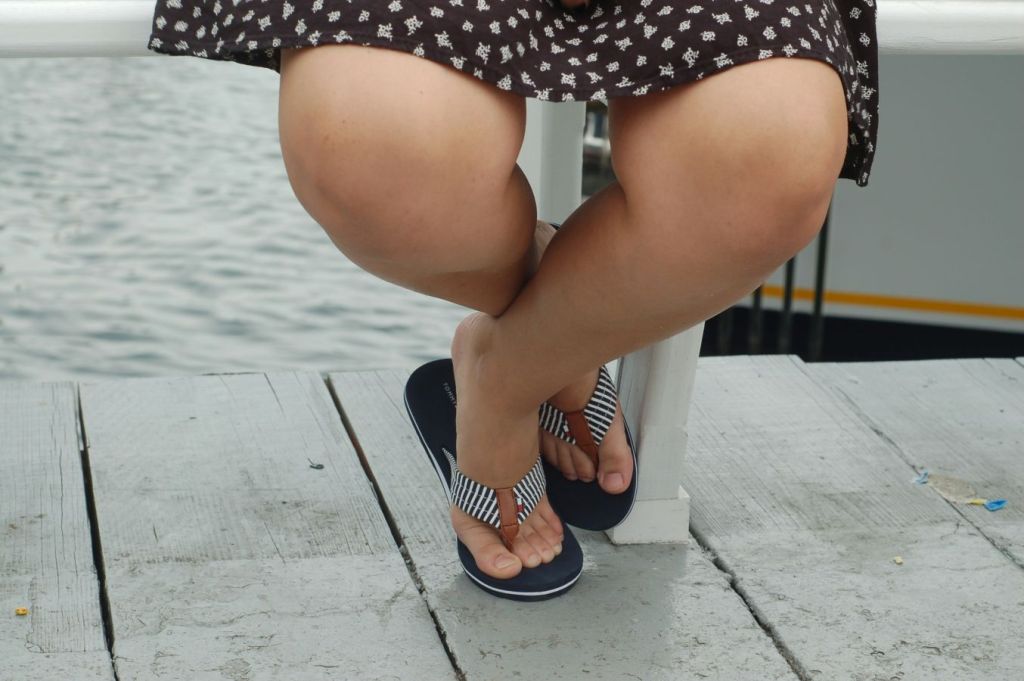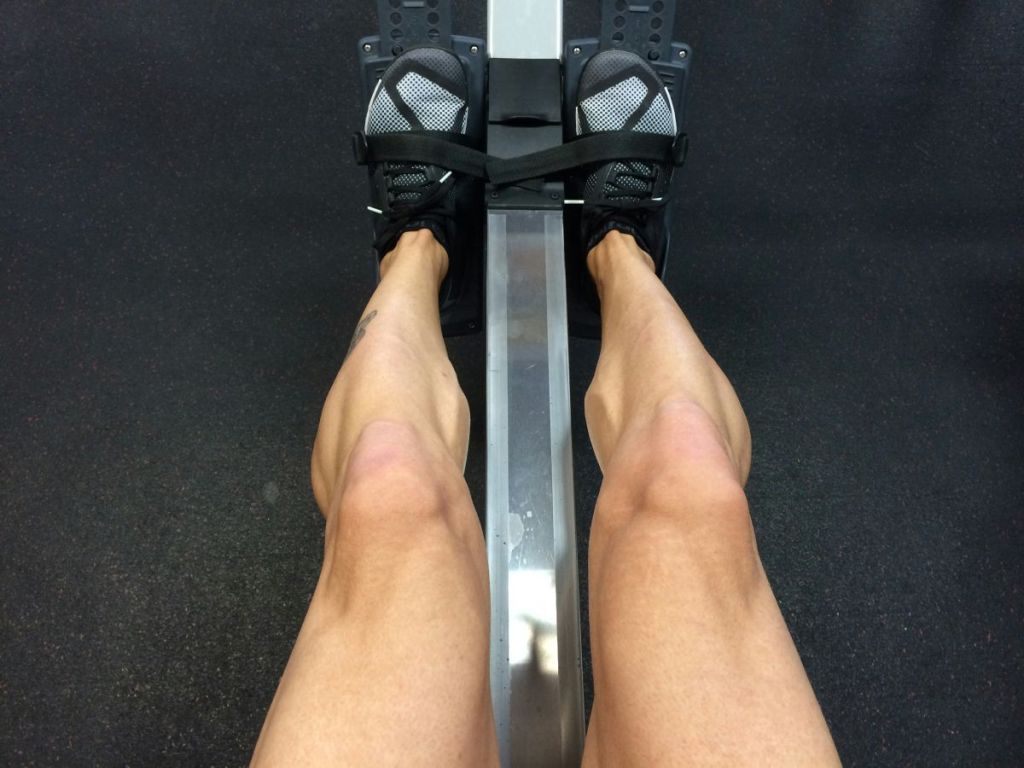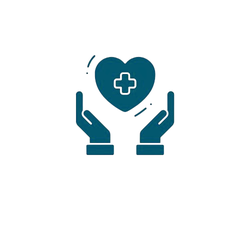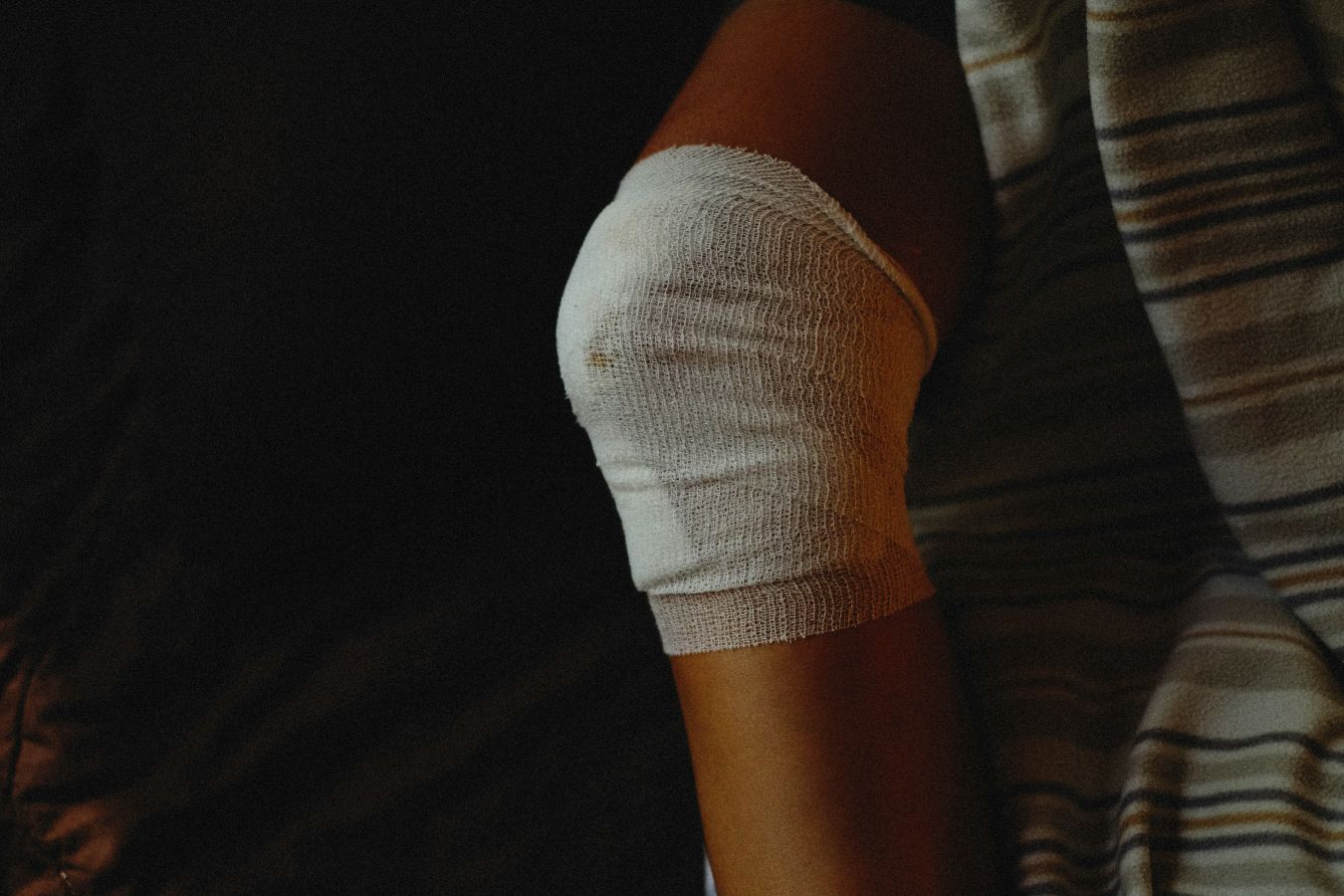Quick Answer
When to see a doctor for knee joint pain at 40 is a question many people eventually face, because this is the age when everyday wear and tear, past sports injuries, weight changes, and long desk hours start catching up with the knees. What once felt like a simple ache after a run or a day of hiking can now linger longer, disturb your sleep, or limit daily routines. The challenge at this stage of life is knowing which discomforts are normal and which ones are warning signals that deserve medical attention. While some soreness responds well to home care, such as rest, gentle exercise, and better footwear, other symptoms—like swelling that won’t go away, painful clicking or locking, or stiffness that lasts for more than half an hour in the morning—point toward arthritis or other structural issues. By understanding these red flags and listening to your body, you can make smarter choices about when to manage knee pain yourself and when it’s time to schedule a doctor’s visit to protect your long-term mobility.
Quick Action Plan
- Track symptoms daily: duration of stiffness, swelling, night pain, instability.
- Reduce impact and start gentle mobility while you wait for your appointment.
- Bring a brief history (onset, triggers, past injuries, medications) to your visit.
Sources: Harvard Health, Mayo Clinic, NIH/NIAMS
What red flags mean you should see a doctor for knee joint pain at 40?
Seek care if pain persists beyond two weeks, wakes you at night, or comes with swelling, locking, giving way, fever, or a recent twist or fall.
These signs suggest more than routine soreness. Persistent symptoms at 40 can indicate early arthritis, ligament or meniscus injuries, or inflammatory conditions. Acting on red flags prevents minor issues from becoming chronic problems.
Does swelling always require a medical review?
Swelling that lasts more than 48–72 hours or keeps returning should be checked.
Short-lived puffiness after an unusual hike may settle with rest and ice. But prolonged or recurrent swelling can signal internal irritation, fluid build-up, or cartilage damage—reasons to book an exam rather than wait it out.

Is knee locking or catching at 40 a serious warning?
Yes. Locking, clicking with pain, or a knee that gets stuck needs evaluation.
Mechanical symptoms can point to a meniscus tear, loose body, or advanced cartilage wear. While some noises are harmless, painful catching or true locking is not just age.
What about giving way or sudden instability?
Episodes of giving way or buckling suggest instability and deserve a professional check.
Instability can follow old injuries that resurface in your 40s or reflect active inflammation. A clinical exam clarifies whether ligaments, meniscus, or muscle control are the main problem.
When to see a doctor for knee joint pain at 40 after an injury?
Immediately if you heard a pop, can’t fully bear weight, noticed rapid swelling, or lost range of motion.
Acute red flags after a twist, fall, or sport event can indicate ligament or meniscus damage. Early imaging and load management protect long-term function.

How do fever, redness, or warmth change the timeline?
They accelerate it—fever or a very warm, red knee is an urgent reason to see a doctor.
Infection and crystal flares need timely treatment. Do not mask these signs with painkillers alone—seek medical advice promptly.
What tests clarify knee joint pain at 40?
Start with a focused exam; imaging and labs are added as needed.
Doctors evaluate swelling, range, tenderness, and stability. X-rays show joint-space changes; MRI details cartilage and meniscus; blood tests help rule in inflammatory arthritis. Testing is based on your history and red flags—not a one-size-fits-all panel.
Could knee joint pain at 40 be arthritis—and when to see a doctor for that?
Yes. See a doctor if stiffness lasts over 30 minutes in the morning or if swelling and achy pain persist.
Osteoarthritis and inflammatory arthritis often begin in the 40s. Early diagnosis helps you start targeted exercise and symptom-guided care before damage accumulates.
What if pain improves with home care—do I still need a visit?
If pain fully settles within two weeks, you may not need immediate care. If it keeps returning, schedule a check.
Recurring flares hint at an underlying issue—muscle imbalance, alignment, cartilage irritation—that benefits from a professional plan rather than endless rest cycles.
How should you prepare for an appointment?
Bring a short symptom diary and your movement history.
Note onset, triggers, prior injuries, medication and supplement use, work and sport demands, and what eases pain. Clear notes speed up diagnosis and treatment decisions.
What treatments might a doctor recommend at 40?
Education, activity modification, targeted strength, and short medication courses are typical first steps.
Plans often blend low-impact cardio, quad and glute strength, mobility, appropriate footwear, and weight management. Topical NSAIDs and short NSAID courses are common; injections or surgery are reserved for select cases after conservative care.
When to see a doctor for knee joint pain at 40 if both knees hurt?
Soon—bilateral symptoms raise suspicion for systemic or inflammatory causes.
Both-knee pain with morning stiffness or hand and foot symptoms deserves prompt evaluation for inflammatory arthritis or metabolic contributors.
Understanding when to see a doctor for knee joint pain at 40 helps you act before small issues turn into lasting problems. By combining smart daily habits with timely medical advice, you give your knees the best chance to stay strong, mobile, and pain-free for years ahead.
FAQ: When to See a Doctor for Knee Joint Pain at 40
How long should I try home care before seeing a doctor?
Up to two weeks if symptoms are mild and improving. Book sooner if they persist or worsen.
Is imaging always necessary?
No. Many diagnoses start with history and physical exam. Imaging is added when it changes management.
What if I have knee pain and a fever?
Seek urgent medical care. Fever with a hot, red knee is an emergency until proven otherwise.
Related Articles
- Knee Joint Pain at 40
- Early Signs of Knee Joint Pain at 40
- Common Causes of Knee Joint Pain at 40
- Best Exercises for Knee Joint Pain at 40
- How to Prevent Knee Joint Pain After 40
- Home Remedies for Knee Joint Pain at 40
- Arthritis in Your 40s
- Hip Joint Pain at 40
Get Answers Early
Knowing when to see a doctor for knee joint pain at 40 protects your future mobility. Don’t wait on persistent swelling, night pain, locking, or instability—book an exam, then follow a clear plan to get back to the life you want.

